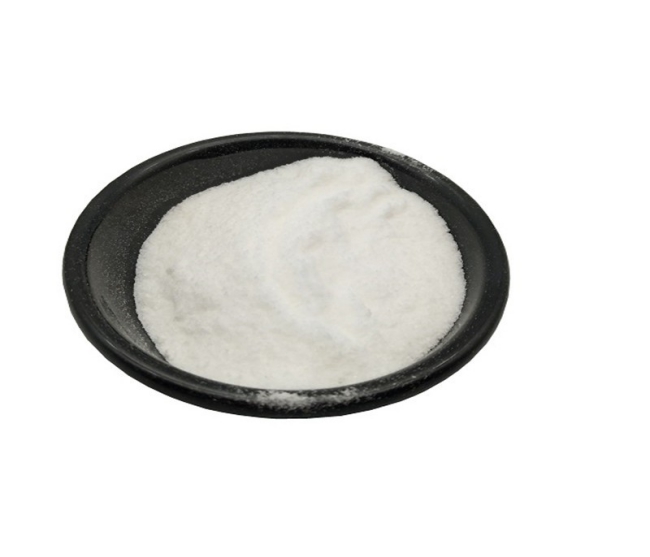The storage and preservation of biological macromolecules can be divided into dry and liquid storage. Therefore, there are two types of protein storage: dry storage and liquid storage. However, protein storage conditions are affected by many factors. Today, what is analyzed is the factors that affect protein storage conditions.
Protein inactivation is affected by a variety of physical and chemical factors, including air, temperature, moisture, light, pH, sample status, microbial activity, storage time, and container. These factors can work alone, but more often they are synergistic. The protein storage conditions will also be affected by these aspects. The following pharmaceutical suppliers select a few of them for detailed analysis.
1. Air
The influence of air is mainly related to deliquescence, microbial pollution, and auto-oxidation. Microbial contamination in the air can cause samples to decay and deteriorate. In addition to deliquescence and denaturation, samples after moisture absorption can also create a favorable environment for microbial activities. Some samples with strong reducibility are oxidized and deteriorated soon after being exposed to the air, such as the inactivation of sulfhydrylase. The oxidation of some samples (especially liquid samples or semi-finished products) in the air is an auto-oxidation process, which is a free radical chain reaction spontaneously caused by oxygen in the air. The mechanism of auto-oxidation is very complicated. Including oxidation, reduction, polymerization, hydrolysis, etc. Oxygen concentration, water, pH, temperature, ultraviolet light, etc. all affect auto-oxidation.
2. Temperature
Each sample has a stable temperature range. The increase in temperature will cause many physical and chemical changes. For example, if the temperature increases by 10℃, the oxidation reaction will speed up several times, and the enzymatic reaction will increase by 1-3 times; another example is 50℃. The above proteins are easily denatured, which is not conducive to the stable existence of substances. In addition, a suitable temperature (such as room temperature) is an important condition for microbial contamination. However, the low temperatures can inhibit chemical reactions such as oxidation and hydrolysis as well as the growth of microorganisms, leaving microorganisms in a slow and hidden state of life. Therefore, most biochemical samples are stored at low temperatures, and their stability can be greatly increased.

3. Moisture
Moisture is also one of the main factors affecting sample quality. The moisture referred to here may come from the sample itself, or it may be the result of moisture absorption by the sample. In addition to directly participating in hydrolysis, enzymatic hydrolysis, hydration, and addition reactions, water can also accelerate oxidation, polymerization, dissociation, and mildew. When the water content of macromolecules such as proteins and enzymes is too high, the high-level structure will become loose, stability will decrease and it will be easy to inactivate. Therefore, in order to avoid or weaken the influence of water, the solid samples must be sealed, and the liquid samples must be frozen or stabilized.
Previous: Sorbitan ester
Next: Parylene Nano Protection
Copyright:@2020-2021
Comments Please sign in or sign up to post.
0
0 of 500 characters used